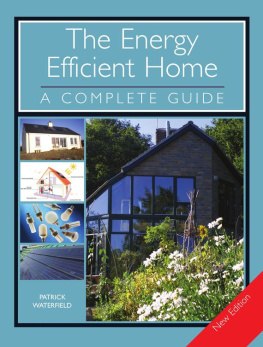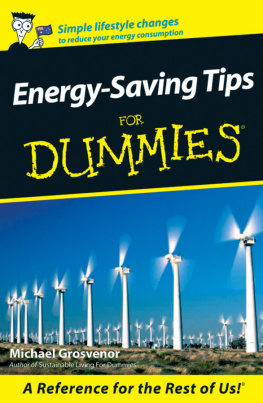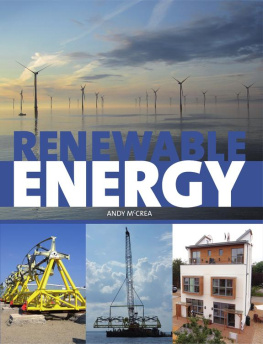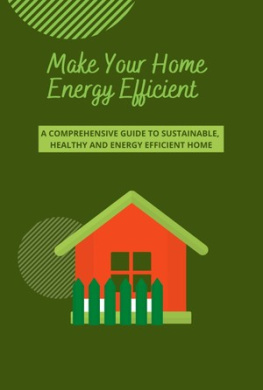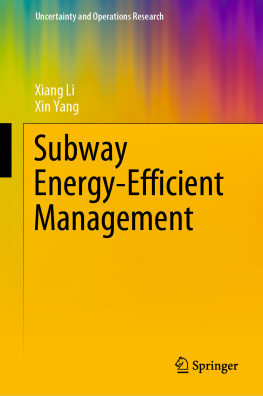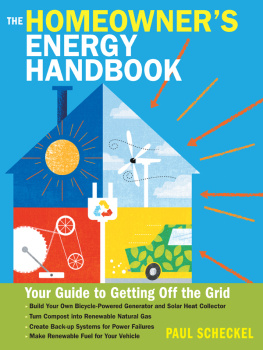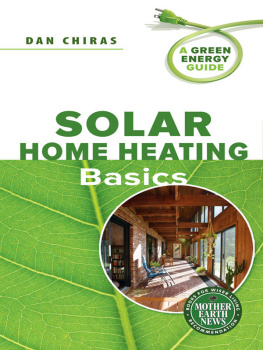To Gillian Corry, of Corry Homebuilding Ltd, Saintfield, Northern Ireland, who gave me the initial inspiration to write this book.
In memory of my mother Frances, who gave me my first lessons in sustainability and helped me to realize my own dream of a passive house.
Thanks are due to the organizations that provided images used here. The captions to the images give the name/type of the product/system/service and the name of the company that supplies/manufactures/operates it. Full contact details for each organization are given in the Useful Contacts section at the back.
The depiction of and reference to specific products/systems/services should not be taken as endorsement of them and no responsibility can be accepted for the subsequent use of such.
Acknowledgements are also made where relevant to other sources from which images have been adapted. The details of such publications are given at the back.
When I was writing the first edition of this book, one of the constant challenges, especially in the final stages, was keeping pace with changes to the Building Regulations. At that time, the energy-related part of the regulations was going through its most significant change to date, with consultations, draft amendments , proposed and predicted elemental U-values, and so on. Trying to ensure that the content was correct at time of going to print, but still flexible enough to anticipate developments, was a real problem.
Added to this, in recent years there has been an ever-increasing array of products, techniques and technologies aimed at the expanding energy efficiency in housing market. This continues to be the case and it is practically impossible to represent every option available.
Five years on, updating the book for the paperback edition, I find myself in exactly the same position. Again, the building regulations in UK and Ireland are in the process of changing, with further upgrades signalled in the run-up to carbon-neutral new dwellings, while the number of new low-energy and low-carbon products coming on to the market is still increasing.
By way of a caveat, I would urge you to check for updates to Building Regulations and other statutory requirements, which may well have changed even by the time this book is published.
Energy rating certificates (EPCs in UK, BERs in the Republic of Ireland) are now in place. The economic downturn, though inevitably prompting a slow-down in the construction industry in general, including house-building, has, together with an underlying rise in energy prices, focused our attention more and more on future-proofing our dwellings against increasing running costs.
All this means that energy and the environment are finally being given a much higher profile in the construction industry than was ever the case before. Even volume commercial house-builders in the UK recognize this fact in a recent survey, when asked what their number one concern was over the next few years, it was not the economic situation nor even the state of the industry, but how to address the forthcoming energy and environmental requirements that topped the list.
Self-builders can and should move well ahead of the volume commercial market and minimum legal requirements. I have recently put my money where my mouth is and built my own version of a passive house. Using superinsulated fabric in a compact form, it has no central heating system but just a small wood-burning stove in the main living area. A brief description is given in .
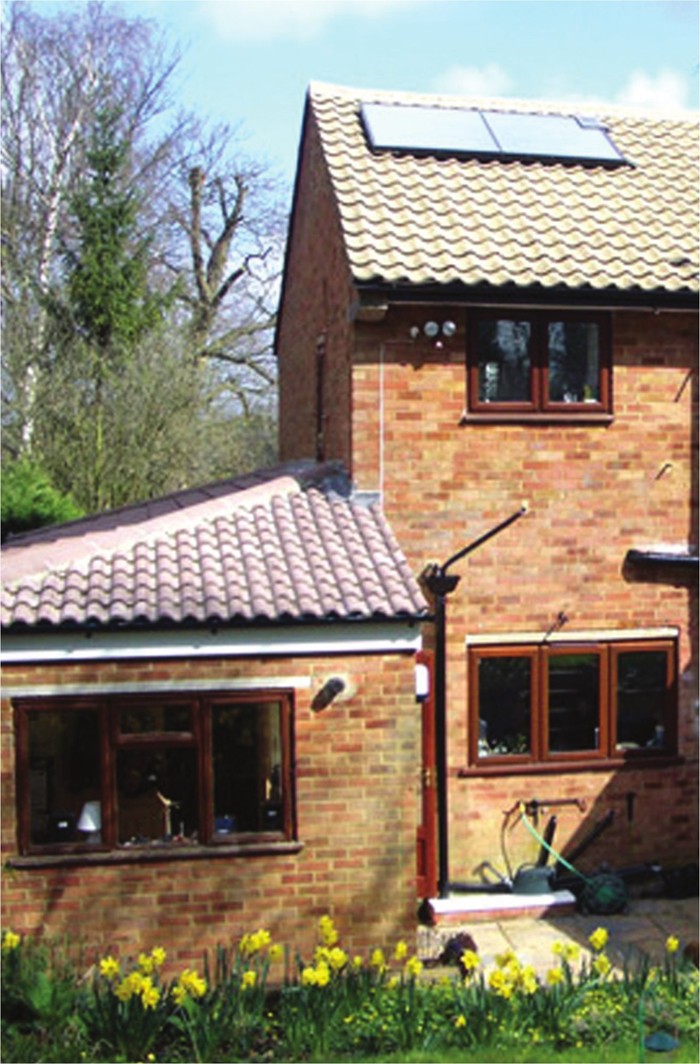
Solartwin flat-plate solar water heater.
BACKGROUND ISSUES
So you have taken the plunge and decided to build your own house or carry out renovations to your existing property. You will be aware already that there are many things that need to be taken into account the legal requirements, technical factors, economic considerations, as well as the less tangible, aesthetic matters all of which will determine the scope of your project. Much thought will be given, quite rightly, to how the finished design will look, how robust it will be and how much it will cost. Often, however, the energy aspects of a design are not thought through properly. This may be because the necessary information is not to hand that is where this book comes in.
Or perhaps you are happy with your house the way it is but would like to carry out minor improvements to make it more energy efficient? Maybe you are simply looking to adopt a greener lifestyle? Whatever your focus and proposed level of involvement , you should find something of interest in this book.
We are all aware these days of the impact of fossil fuel consumption upon the environment. The relationship between climate change and increased environmental emissions is now broadly accepted, even if we do not know exactly what changes are taking place, nor how quickly. Besides, it still makes sense to use energy efficiently to avoid the wastage of finite natural resources.
The first and most obvious way in which we think of energy is in terms of that used to heat, light, power and ventilate our homes throughout their lifetime. Lower energy consumption not only benefits the environment through reduced emissions but it also saves us money. The second less obvious issue concerns the energy taken to produce materials and products (known as embodied energy), which can be offset partly by recycling. This book focuses mainly on the energy used (or saved) by the building in use, but also makes reference to the wider environmental issues.

